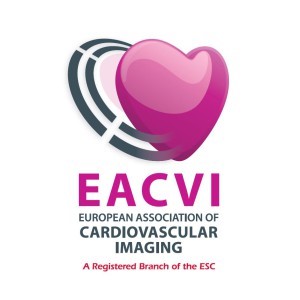Transthoracic echocardiogram
An echocardiogram (echo or TTE) provides images of your heart using ultrasonic sound waves. This is the commonest non-invasive method used to obtain images of the heart, and it enables the doctor to make the right diagnosis.
Special expertise
UZ Brussel has special expertise in this area. The echo lab uses the latest equipment in the sector and has received specific European accreditation from the European Association of Cardiovascular Imaging (EACVI), which is part of the European Society of Cardiology. Only two hospitals in Belgium have received this international recognition.
Before the test
- No special preparation is needed.
- Your medications do not need to be stopped.
The test
- The test is completely painless and harmless, even for pregnant women and children.
- Having removed your clothing down to the waist, you will be lying on your left side on the examination table. Lying in this position puts your heart in the best position in relation to the chest wall.
- A gel is applied to your chest to conduct the sound waves from the ultrasound probe.
- The ultrasound probe is moved across your chest and emits ultrasonic sound waves that bounce back from your heart. A computer picks up the echo of these sound waves and processes these to make a moving picture.
- On the images the doctor can see both the shape and structure of your heart, the pumping activity of both ventricles and the functioning of the heart valves. The images enable the doctor to screen for both congenital and acquired abnormalities that affect the heart.
- The test takes about 30 to 45 minutes.